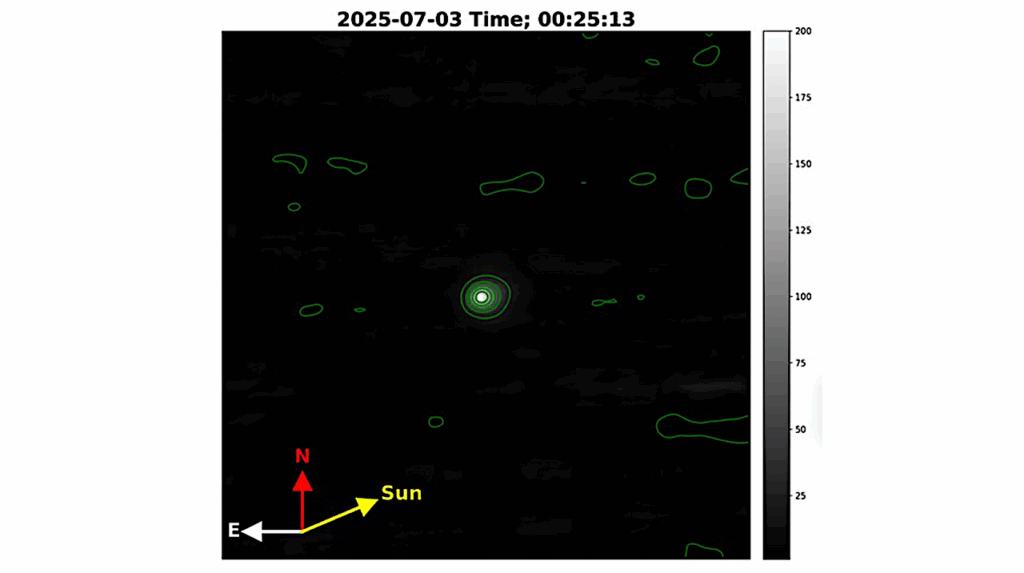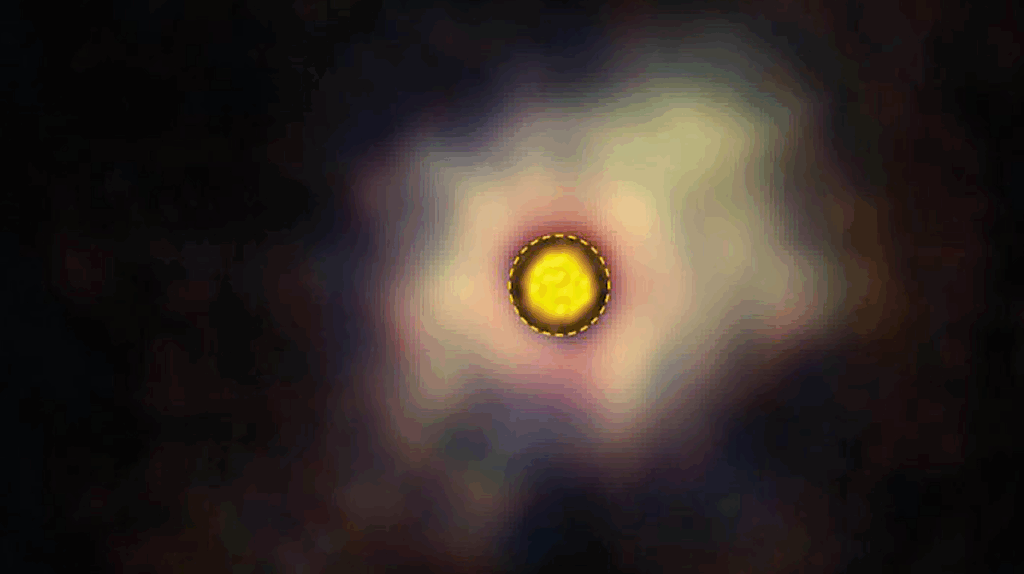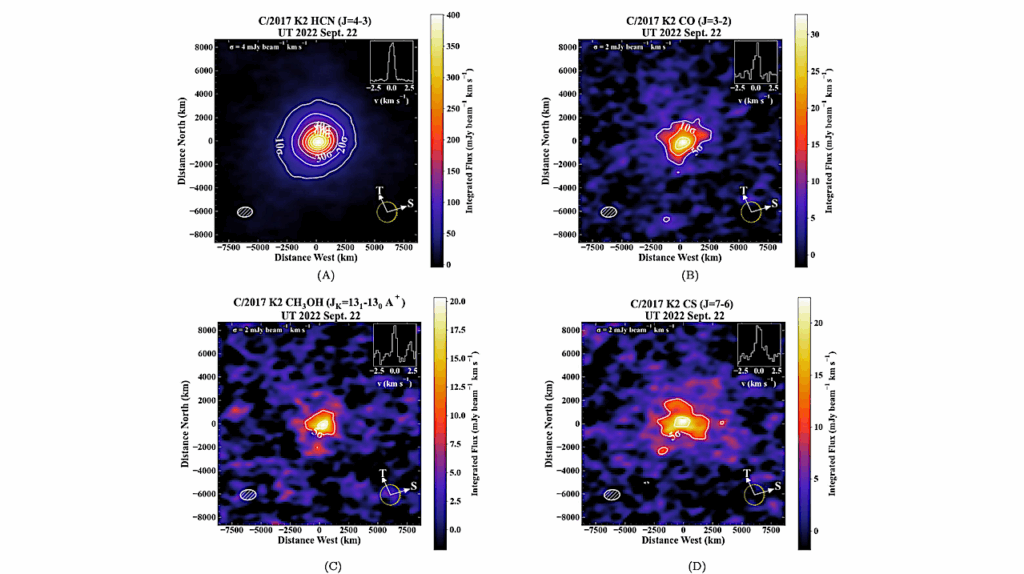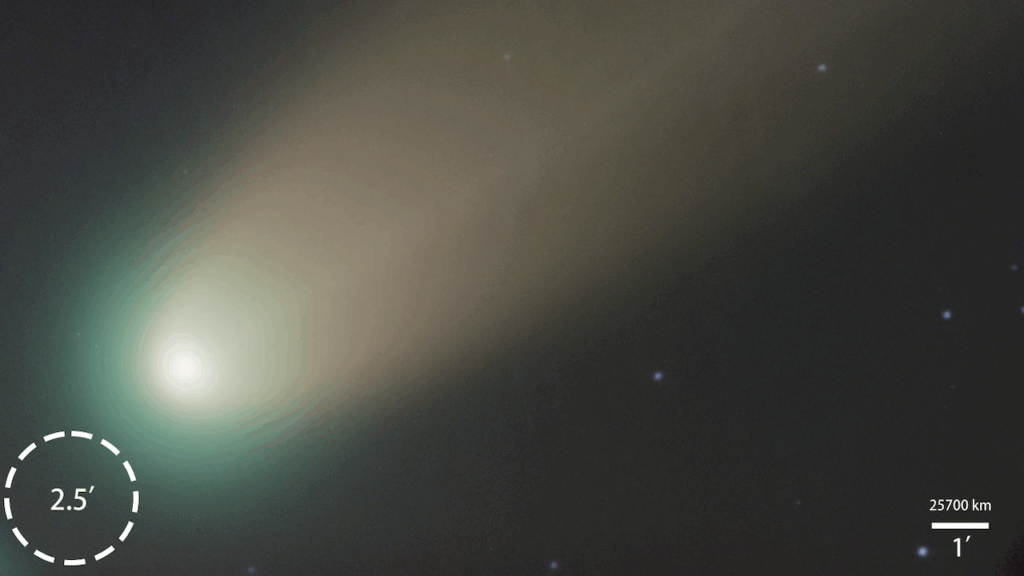Rethinking a Geologic Indicator for Impact Events

A new study brings into question the use of the molecule fullerene as a geologic indicator of impact events on ancient Earth.
Fullerene is a form of carbon found in some geologic samples. The molecule is often found as a sphere-like cage made out of sixty or more carbon atoms. In some cases, Fullerene has been attributed to delivery by impact events. However, some studies suggest that the molecule can possibly form in situ during extraction from geologic samples.
In the new study, researchers used a fast and reliable quantification method to search for fullerene in samples from the Permian-Triassic boundary and the Cretaceous-Paleogene boundary. Previously, fullerene was detected in samples studied under the same conditions. Using the new techniques, no fullerene could be found. The researchers believe that previous fullerene detections may have been due to the molecule forming in situ. The study challenges the utility of using fullerene as a proxy for impacts or mass extinction events.
The paper, “Non-detection of C60 fullerene at two mass extinction horizons“, was published in the journal Geochimica et Cosmochimica Acta. The work was supported by the Exobiology and Evolutionary Biology element of the NASA Astrobiology Program.








